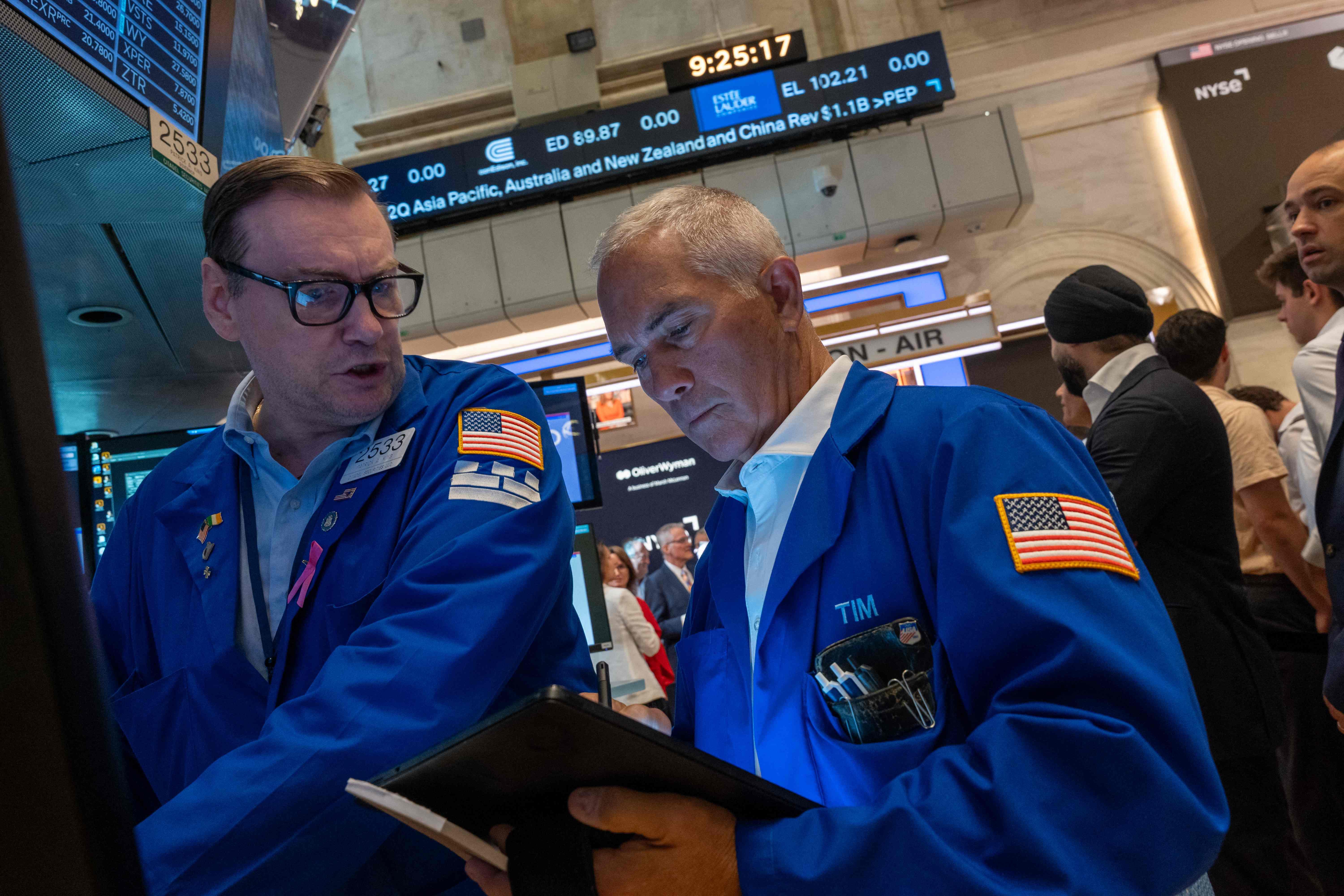THE most speculative corner of the stock market is soaring at a pace not seen since the pandemic as traders race to move up their rate cut bets in a risk-on signal for the investment community.
The small-capitalization Russell 2000 Index is up 12 per cent in the last five sessions, something it hasn’t done since April 2020, while the S&P 500 Index has gained just 1.6 per cent over that time, and the technology-heavy Nasdaq 100 Index is down 0.3 per cent.
What’s more, the largest exchange-traded fund tracking the Russell posted the second-biggest inflow among equity ETFs last week.
It’s quite a turnaround for the small-cap benchmark, which was flat for the year at the start of last week. The move appears to have been sparked by progress in the latest inflation data, particularly Thursday’s consumer price index which sent the two-year Treasury yield plunging and caused traders to pull forward their expectations for when the Federal Reserve will cut interest rates.
Smaller companies typically are sensitive to high borrowing costs because they carry heavier debt loads than big caps.
“Hedge funds and traders held record short positions in small cap stocks going into last week’s CPI report and were caught off guard by the lower than expected inflation,” said Cole Wilcox, chief executive officer of Longboard Asset Management. “This sparked the violent rally in small caps.”
BT in your inbox
Start and end each day with the latest news stories and analyses delivered straight to your inbox.
Data on Russell 2000 futures show that traders had pushed their exposure to the most net-short since 2023.
About 25 per cent of the US$68 billion iShares Russell 2000 ETF’s free float is held short, compared with 9.9 per cent for the US$564 billion SPDR S&P 500 ETF Trust and 7.6 per cent for the US$302 billion Invesco QQQ Trust Series 1, according to data from S3 Partners.
Will the rally continue? Small caps have seen several false starts in the past two years amid fluctuating expectations for when the Fed will cut rates.
In the process, the group’s valuations have dropped to historic lows. Now, those cheap multiples look like targets as the market adopts a risk-on tone. Even with the latest rally, the Russell 2000 is up just 12 per cent for the year, dwarfed by the S&P 500’s 19 per cent rise.
“The more attractive valuations could help trigger a very strong small-cap rally along with the Fed cutting rates,” said Eric Sterner, chief investment officer at Apollon Wealth Management.
The earnings outlook for small caps has started to improve as well. Consensus revenue and net income growth forecasts for the Russell 2000 show a strong recovery in late 2024, with it approaching the S&P 500, according to an analysis by RBC Capital Markets. The rate of Russell 2000 earnings estimates getting revised higher has also started to move back to parity with the S&P, strategists led by Lori Calvasina found.
“This gauge of earnings sentiment was stronger for the S&P 500 for most of 2023, aside from the final few months of the year when the Russell 2000 briefly got back to parity with the S&P 500,” Calvasina noted. RBC has “gotten more comfortable nibbling on small caps after last week’s inflation developments.”
Options positioning confirms that investors are becoming increasingly bullish on small caps. The implied volatility for one-month options on the iShares Russell 2000 ETF is the highest since April, signaling traders are paying more to bet on bigger price moves, while the premium for put options protecting against a decline in the ETF has shrunk to the smallest since December.
Still, some Wall Street pros warn that the small-cap rally may have already begun to overheat. The Russell 2000 is the deepest into so-called overbought territory, a bearish technical sign, since 2017. That could mean the index is due for a reversal.
So the skeptics are staying wary — at least until the move is confirmed by strong earnings.
“We’re not really chasing this,” said Garrett Melson, portfolio strategist at Natixis Investment Managers Solutions. “You probably want to be fading until you actually see signs that growth is starting to stabilize and pick back up.“ BLOOMBERG







